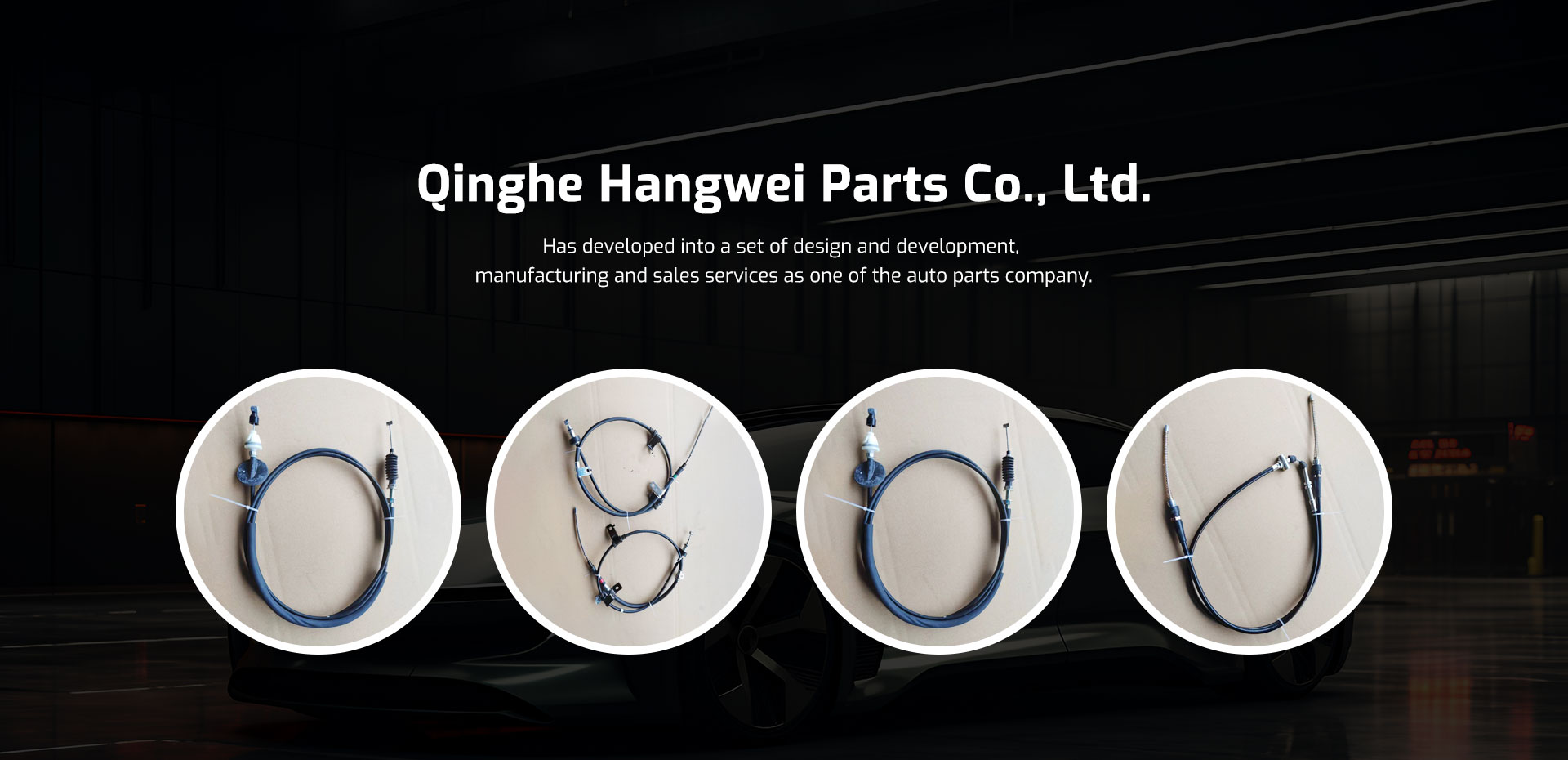Adjusting the Push-Pull Throttle Cable for Optimal Performance and Control
Understanding Push-Pull Throttle Cables
Push-pull throttle cables are an essential component in various machinery and vehicles, facilitating the control of throttle mechanisms with precision and reliability. These cables serve as a vital link between the operator's input and the engine's performance, ensuring a smooth transition of power and speed.
At their core, push-pull throttle cables are designed to transmit force in both directions. When the operator pushes or pulls the throttle lever, the cable responds accordingly, moving the throttle mechanism in an efficient manner. This dual functionality is crucial, particularly in applications where constant and precise control is necessary, such as in motorcycles, boats, and even some types of industrial equipment.
Understanding Push-Pull Throttle Cables
Installation of push-pull throttle cables is usually straightforward, making them a popular choice for both manufacturers and DIY enthusiasts. Proper routing and securing of the cable are essential to avoid friction and wear, which could hinder performance. Regular maintenance, including inspecting for frays or damage, helps to ensure the cable operates smoothly and safely.
push pull throttle cable

In terms of performance, the responsiveness of push-pull throttle cables is noteworthy. Unlike electronic throttle control systems that may experience latency due to electronic signal processing, mechanical throttle cables provide instantaneous feedback. This characteristic is particularly appreciated in performance vehicles where driver input must translate seamlessly into acceleration or deceleration.
Moreover, push-pull throttle cables are versatile, adapitable to various systems, and can be customized based on the specific requirements of the engine or machinery. This adaptability has made them a staple in the design of many motorcycles, marine engines, and even go-karts.
As technology advances, there are emerging alternatives to traditional throttle cables, including electronic throttle control systems. However, many enthusiasts still prefer the tactile feedback and mechanical connection that push-pull systems provide. The sense of control they offer cannot easily be replicated in electronic systems, making them a cherished feature among performance drivers.
In conclusion, push-pull throttle cables are a fundamental yet often overlooked component in the operation of various vehicles and machinery. Their design, efficiency, and ease of use make them indispensable in ensuring that operators maintain precise control over throttle response, thus enhancing overall performance and safety. As technology continues to evolve, the balance between traditional mechanical control and modern electronic systems will shape the future of throttle management.
-
Upgrade Your Vehicle with High-Quality Handbrake CablesNewsNov.01,2024
-
Optimize Your Bike's Performance with Quality CablesNewsNov.01,2024
-
Enhance Your Vehicle's Performance with Quality Clutch ComponentsNewsNov.01,2024
-
Elevate Your Vehicle's Performance with Quality Throttle CablesNewsNov.01,2024
-
Elevate Your Vehicle's Performance with Quality CablesNewsNov.01,2024
-
Affordable Solutions for Your Cable NeedsNewsNov.01,2024
